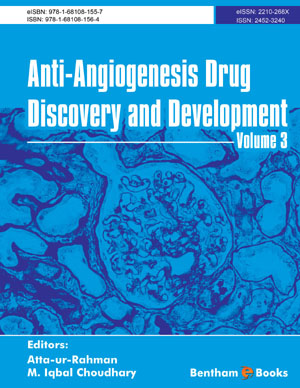Abstract
The human bone marrow microenvironment (HBMM) plays a crucial role in the pathogenesis, growth, survival and drug resistance of multiple myeloma (MM) cells. The growing number of information about the HBMM in MM has allowed the definition of a new paradigm and the design of novel approaches against this disease, taking in account the need to target not only tumor cells but also the non-tumor compartment. Novel drugs such as thalidomide, lenalidomide or bortezomib are one example of these new strategies and have already been included in clinics. However, the lack of adequate experimental models for the study of both compartments has significantly limited the identification of new targets as well as a wide screening of several new investigational drugs. Therefore, novel preclinical models recapitulating the HBMM together with genomic studies might provide new insights into mechanisms of new drugs and their molecular targets.
Keywords: Multiple myeloma, bone marrow microenvironment, SCID-hu, mouse models






















